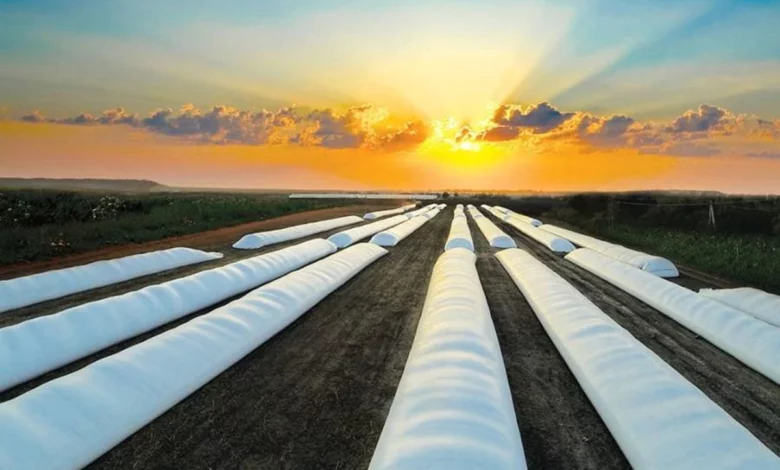
An online seminar was held by Standard Innovation Group on grain storage technology: requirements for grain for bagging, storage terms and conditions.
The seminar was held with the informational support of the Food and Agricultural Organization of the United Nations (FAO) and the Ministry of Agrarian Policy and Food of Ukraine.
“Within the first stage of the FAO program, which was implemented through the State Agrarian Register, 47 agricultural producers of Lviv Oblast this month received humanitarian aid in the form of means of temporary storage of grain (sleeves) with a capacity of 200 tons in the amount of 613 pieces. Thanks to this, it will be possible to reduce the deficit of granaries. Recipients must use the sleeves for their intended purpose for storing home-grown products and return them in case of non-use by the end of 2022,” said Tetyana Hetman, Director of the Department of Agro-Industrial Development of the Lviv OVA.
So, when working with grain storage technology, three key factors should be taken into account: site for location, logistics, and the third is the loader operator.
Basic principles of grain storage in polymer sleeves:
The higher the ambient temperature and the higher the humidity of the grain, the less agricultural products can be stored in the sleeve.
The most important parameters of the sleeve are tensile strength and elongation at break; the thickness of the sleeve is not a determining indicator of its quality.
The platform for the sleeves should be as hard as possible, even, located far from trees, bushes or poles, there should not be any stones, branches, pits, stubble, etc. around.
The more even the sleeves are laid, the less chance for rodents to get into the folds.
How to protect sleeves? It is necessary to observe the “hygiene of the territory” and carry out planned inspections of the sleeves (preferably once every three days). And also use special protective nets and bird deterrents to protect silage films and sleeves from birds.
How to control the storage process? By grain sampling. The main thing is the system monitoring of temperature and humidity.

